Double Freedive Trip
March 01
Unique location due
to the underwater estate.
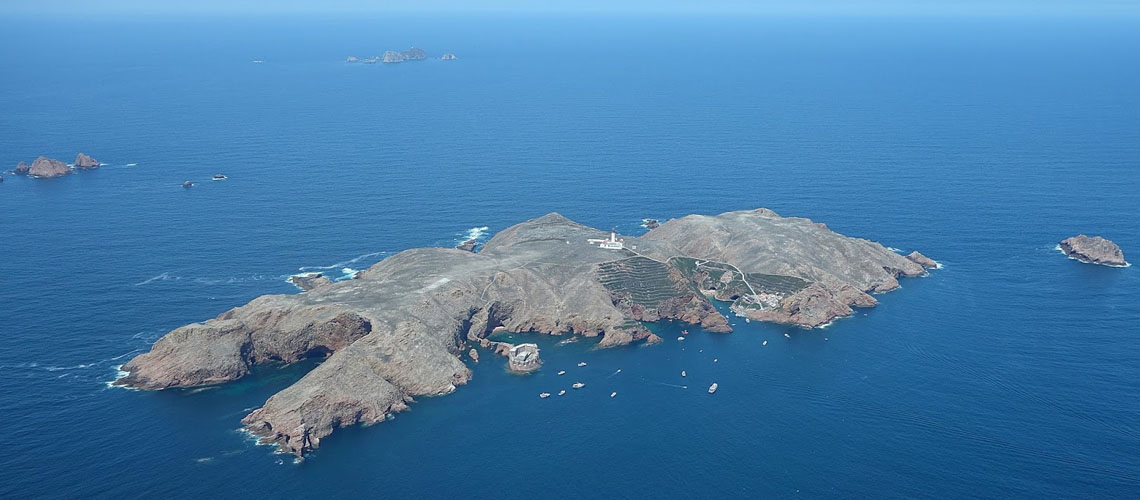
The small archipelago of the Berlengas is located approximately 10km west of Peniche, and consists of the main island Berlenga Grande and the adjoining riffs Estelas and Farilhões-Forcados. They are declared Natural Reserve since September 3, 1981.
The Natural Reserve of the Berlengas is a unique spot, due to the transparency of the waters and the high concentration of different species. It is a marine reserve also nominated as “Biosphere Reserve” by the Europeam Council andsince 2011, it is protected as “World Biosphere Reserve” by UNESCO..
The archipelago consists of the main island Berlenga Grande and the two smaller and rocky granite riffs Estelas and Farilhões. They are located about 7 miles offshore from Cabo Carvoeiro to the Northwest of Peniche. Berlenga Grande can be seen from the main land on days without fog. Endemic plant species can be found there and it is also a place marine birds choose to nest.
On Berlenga Grande stands Fort São João Baptista, a military fort from the manueline era, dating from 1502. It is connected to the island through a small bridge. Beautiful small beaches and transparent waters make it an ideal spot for good taking a dip.
The island is accessible by boat, for example the Cabo Avelar Pessoa takes passengers from and to the harbour in Peniche. To reach the main island, Berlenga Grande, it takes about 30 minutes. It is possible to go back in the afternoon or spend the night on the island, there are also a restaurant and a camp site on the island.
*The information on this page was taken from the site of ICBN Turismo de Portugal e Candidatura das Berlengas a Reserva da Biosfera da UNESCO.
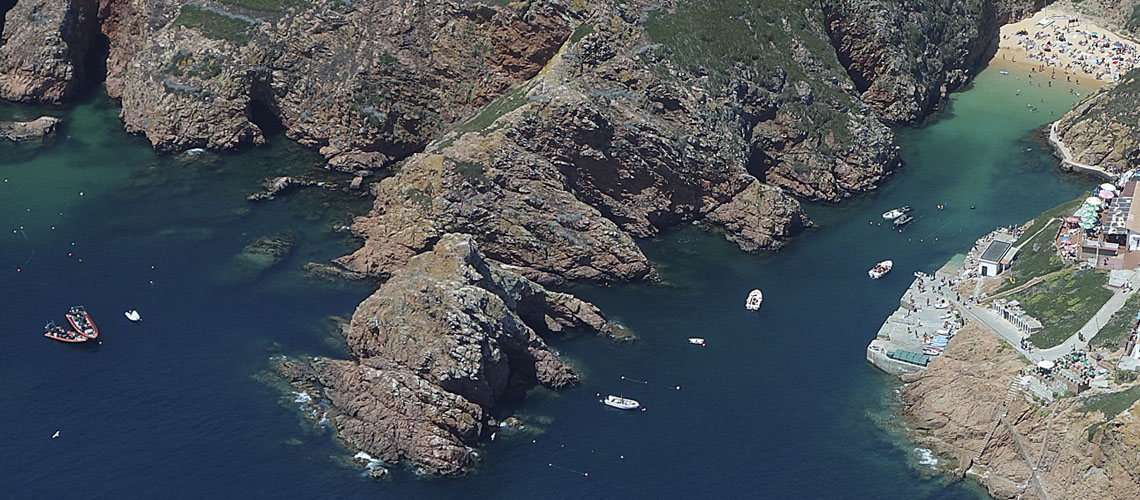
Geographic caracteristics
The Natural Reserve of the Berlengas extends over a vast marine area of approximately 9.560 ha (on land ca. 104ha and ca. 9.456ha of marine territory).
This archipelago consists of small islands and riffs with an irregular shape, with steep slopes, and consists of three groups: Berlenga, Estelas and Farilhões-Forcadas. The archipelago sits on the continental shelf, about 6 miles west of Cabo Carvoeiro, close to the town of Peniche.
Climate
The archipelago of the Berlengas is located in a temperate maritime climate zone, characterized by temperate summers, with monthly averages rarely lower than 20°C and daily maximum teperatures not higher than 32°C. The winters are mild, monthly averages stay around 10°C and the minimum temperature drops seldomly below 0°C. The climate lacks extremes, but it tends to be foggy during summer. The wind usually comes from a Northern direction during spring and summer, and more from a Western-Southwestern direction during the rest of the year.
The North-South orientation of Portugal’s coast is also a determining factor of the climate and the oceanography, especially during the summer. During this season the water and land surfaces heat up and provoke a marine wind during the day. This phenomenon is known as “Nortada” and is connected on a bigger metereological scale to the anticiclone of the Azores. They force the surface waters of the ocean to move and give way, and therefore provoke an exchange of the warmer surface water against cooler water from futher down.
This phenomenon, also known as trade winds, also provokes dense and frequent fog during summer along the coast (consequence of dropping air temperatures and condensation of humidity in the air. Surface water enriches in nutritients, which are usually more abundant in deeper zones.
The figures show the climatological values of temperature, percipitation and fog based on a climatic series obtained at the metereological station on Cabo Carvoeiro between 1971 and 2000.
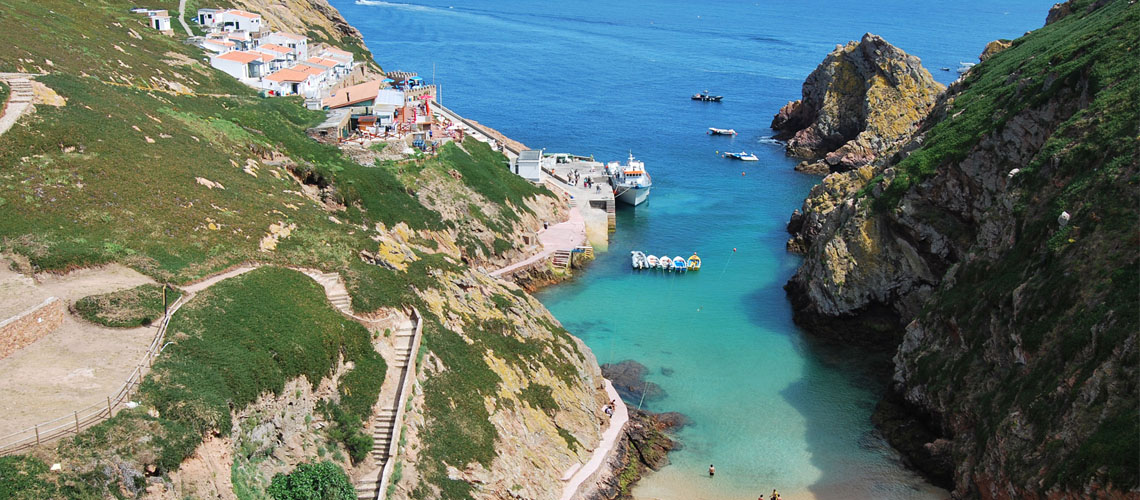
Geologic charateristics
The Natural Reserve of the Berlengas Islands extends over a vast marine reserve situated in the surroundings of the archipelago. The total extension is approximately 9.560ha (ca. 104ha on land and ca. 9.465ha of maritime area).
The archipelago is composed of numerous islands and rocks of irregular shape, with steep slopes, and composed of three groups: Berlenga, Estelas and Farilhões-Forcadas. The archipelago is situated on the continental shelf, about 6 miles offshore from Cabo Carvoeiro, close to the town of Peniche.
Berlenga as well as the Estelas are composed of granite rock. On Berlenga Grande exist two kinds of granite stone: red and whitish. Red granite is dominant, almost the whole island is composed of it. Whitish granite is most common in the North-Eastern and South-Western corners of the island.
Granites are alkali granites, monzonitic, biotitic, whose grains vary from fine to very coarse. The granite rocks have veins and spots of aplito-pegmatics of varying sizes, their occurence is not restricted to any specific areas of the island. Granites probably formed 280 million years ago, during the formation of the Variscan Chain, which during the Palaeozoic extended from the Appalachian mountains to the Ural. An interesting aspect is the deformation of these rocks caused by tectonic fault lines, the results are numerous caverns, caves and slopes, which today are of touristic interest.
The Farilhões – Forcadas differ from the other islands in their composition, they are older and are characterized by banded gneisses with NE-SW orientation, moscovites and biotitics alternating with slate gneisses. Locally there can be found veins of amplito-pegmatics and quartz.
Situated in a complex context of large units of peninsular geostructures, the rocks of the archipelago show massive deformation and have been subject of many passionate studies. Its comparision with other places featuring litologies could contribute to the study of the movement of the tectonic plates during the Mezozoic Era, when supercontinent Pangea split to give way to the Atlantic Ocean.
Therefore, the archipelago of the Berlengas Islands is a geologic monument, it registers important information about the formation of the continents and the oceans.
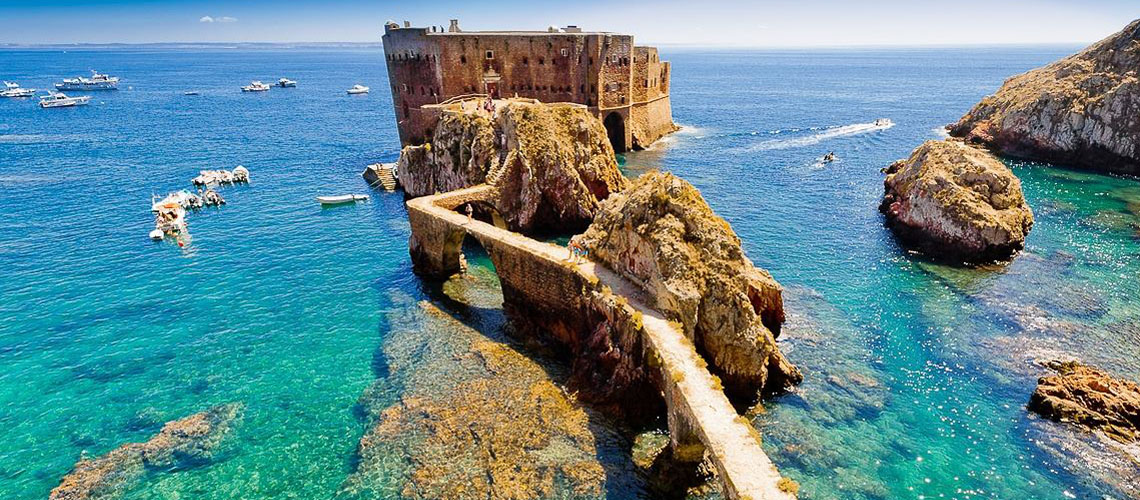
The Berlengas and their history
The archaelogical record tells of human presence on the island since remote times.
During the late Pleistocene, and particularly during the Flandrian transgression caused by the glacial period of Würm, this area was connected to the continent. Being like this, and associated with various existing caves and ledges, which can be used as shelters, suggest similar human occupation as on the Peniche Peninsula. Further, the important archaelogical find Gruta da Furninha, which in the past was connecting point of a wide flatland with a granite elevation at the site where today the islands of the Berlengas are situated.
The first archaeological finds to document human presence in this area date to the 1rst millenium B.C. and document the beginnings of naval nvigation on the Atlantic. The Berlenga island, due to its strategic position on the at that time important route connecting Northern and Southern Europe, had it’s waters crossed by Phoenician, Punic and later Roman ships.
During the 15th century, when this region used to be a royal province, probably due to the high population of common rabbits (Oryctolagus cunniculus), it was a popular hunting spot. The abundance of this species has been registered in 1465, when D. Alfonso V answered a petition of the inhabitants of Atouguia, and allowed them to hunt on the island at Corpus Christi and Pentecostals.
According to the data available, a group of fishermen settled on Berlenga in the 15th century, growing bigger in later times.
In the beginning of the 15th century the construction work of a monastery was started on the main island Berlenga Grande, on the location of the actual fishermen’s quarter. It was a monastery of Hieronymites, dedicated to the Lady of Mercy.
Two years later, in 1514, the first monks arrived, they saw their duty in giving the necessary religious assistance to the ships’ crews who anchored at the island (in the so called Carreiro do Mosteiro, Monastery’s way, where there are still remnants of an old sentinel constructed by the hieronymites). They constructed these faciclities because the entire coast was often frquented by European and North-African pirates. There were particularly often on the isalnd, which was the main reason to move the entire religious community to a different monastery.
On the territory of the former monastery is now one of the best camp sides in Europe (elected by a prestigious journal). The Times
In the past, during the reign of King of Portugal, Philipp II, during the development of a defence strategy, the construction of Fort S. João Baptista was inciated in 1654 on Belrnega Grande. Already in 1655, while still under construction, it resisted successfully the first assault, which was the bombardment from three Turkish vessels.
In 1666, in the context of the intended abduction of princess Maria Francisca Isabel from Sabóia, the fiancée of Alfonso VI (1656-67), a Spanish frigate with 15 vessels tryed to conquest the fort in a twofold attack from the sea as well as from land, which was only defended by two dozens soldiers under general Cabo Antônio Avelar Pessoa. The Spanish lost 400 soldiers on land and 100 on the vessels in just two days (the defenders, on the contrary, only lost one and had four wounded).
The Covadonga was sunk and another two vessels were seriously damaged, so they sunk on their way back to Cádiz. Betrayed by a deserter, without munitions and provisions left, the garrison finally had to give in nine units of the artilleries to the enemy.
As it lost all its military value over time due to the development of the military means in the 19th century, it was disarmed in 1847 and used as supporting point for comercial fishing.
Between 1839 and 1841, during the reign of D. Maria II, the lighthouse Duque de Brangança was constructed. In 1941 the fishermen’s quarter was constructed to give shelter to those fishermen, who used to live at the abandoned fort. Some of these houses are also used by summer visitors.
The topographic characteristics of the island, with downgrades up to 25%, the meagre soils, and the exposed location in the maritime winds are the reasons for the lack of agriculture on the island. None of the before mentioned occupants of the island ws involved in agriculture, because priority was on hunting and fishing.
Nevertheless small gardens served as additional resource of subsistence for as well monks as soldiers, and specially lighthouse guards.
The absence of agricultural exploration and the hostile character of the main part of the island made large-scale settlement impossible – and therefore facilitated the preservation of the natural environment.
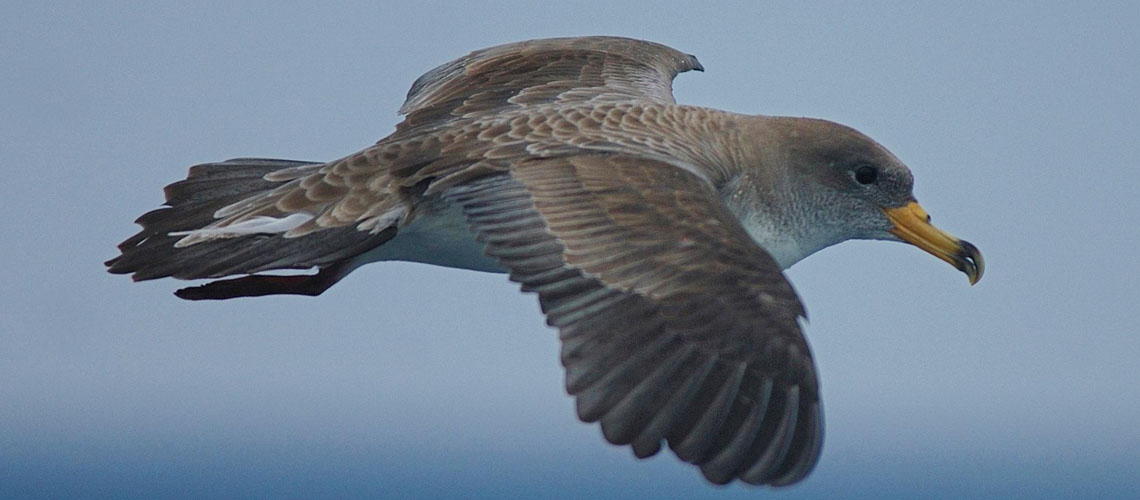
Terrestial fauna (Flying)
Regarding the needs of the marine bird species it is easy to understand the important role the archipelago plays for them. They find their food in the ocean and encounter ideal shelter for nesting on the islands.
Some birds are only found temporarily on the island, interrupting their migratory route on the islands, others are representing a permanent, nesting population. For example, Cory’s shearwater Calonectris diomedea, is only to be found on the island during the nesting period, whereas the European or Common Shag Phalacrocorax aristotelis can be found there all year round.
The common murre Uria aalge, looking similar to a small pinguin, is the symbol of the Berlengas Natural Reserve. They nest in colonies and every female hides just a single egg in one of the steps in the steep slopes inaccessible to any human. In the past really numerous, their numbers are now declining.
The lesser black-backed gull Larus fuscus and the yellow-legged gull Larus michahellis also nest on the island, the last one reaching numbers that elevated that a human intervention became necessary to correct the effect their population had on the island’s ecosystem.
Terrestial fauna (non-flying)
There are few vertebrates on the islands, but the few existing ones are caracterized by their resistence and adaption to the extreme climatic conditions and the isolation.
The only reptile species represented on the islands are the bocage’s wall lizard Podarcis bocagei and the ocellated lizard Lacerta lepida. The bocage’s wall lizard is a small lizard, very common on the main land, domestic in many habitats. On Berlenga Grande their population shows elevated density and distribution. In contrast to their counterparts on the main land, this population shows endemic characteristics.
Therefore, it is called bocage’s wall lizard of Berlenga Podarcis bocagei berlengensis. As for the ocellated lizard, his population concentrates in colonies, in restricted areas of the island, where the earthen soil is abundand and small caves and covers can be found. The lizards of the Berlengas have some different features from the ones on the main land, they show in their behaviour, they tend to be more agressive.
Their numbers have been decreasing alarmingly, due to various factors, but mostly because of the elevated number of seagulls on the island.
The only mammals on the island are the common rabbit Oryctolagus cuniculus and the black rat Rattus rattus. Already in letters written by king Alfonso V to the count of the administrative unit “Berlengas do mar” the rabbit population is mentioned. There colonies are situated in the areas with more abundand soil. The population of the black rat on the island is one of the rare instances where it was not threatened by the presence of sewer rats.
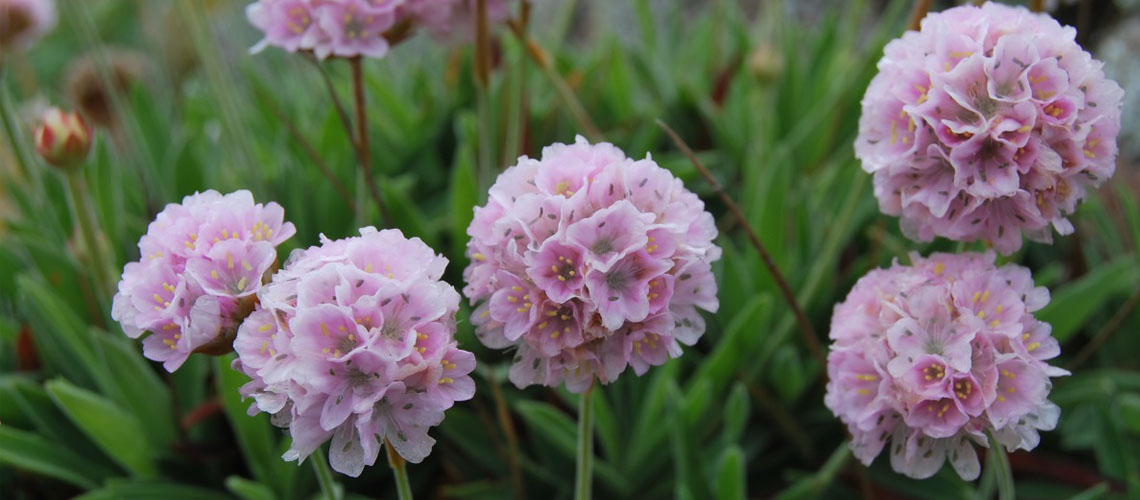
Flora and vegetation
Some floral species on the island can only be found there and some have very limited distribution. On the main island Berlenga Grande more than a 100 herbaceous and arbustive botanic species were registered. The almost complete lack of arboreal species is caused by the lack of soil, which makes rooting too difficult, and the strong, salty winds hitting the island further difficulting the situation.
Endemic species to the island are Armeria berlengensis, a flowering plant, Pulicaria microcephala and Herniaria berlengiana. Due to the old age and the isolation of the island nd the particularistics of the rock substance, those plants developed characteristics that are distinctive in comparision to the congenetic species of the main land.
Further, two endemic species of the litoral of the Iberic Peninsula are to be found: Echium rosulatum and Scrophularia sublyrata, as well as a species endemic to the glaician and portuguese coast: Angelica pachycarpa.
The survival of those plant communities on the island gets influenced by the presence of herbivores (rabbits, black rat), the density of the seagull population, and the introduction of plant species not naturally to be found on the island (as in the case of Carpobrotus edulis) and the damage cause by visitors to the islands.
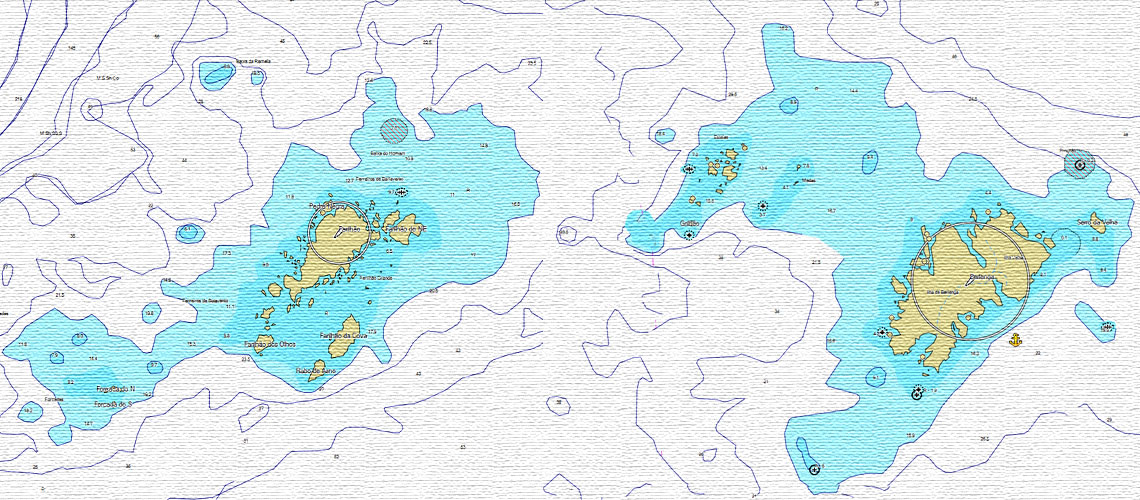
In Berlengas natural reverse it is possible to dive all year-round however high season is from June to October. In this season, the water temperature goes from 16ºC to 20ºC so it is recommended to use a 7mm wet or semi-dry suit. From November to May the water temperature is around 15ºC so a semi-dry or dry suit is recommended. Between December and February due to the sea conditions diving is only when possible.
Diving starts with a boat trip to the islands in a trip that lasts about half an hour. It is common to have some waves and wind on the way to the islands but when we get there we can have very calm dives.
Dives are made from our rigid inflatable boats which allows us to deal with all kinds of weather. The surface interval is usually made in the Islands.
Berlengas are in fact an archipelago made up of three sets of Islands, Berlenga, Estelas and Farilhões and each one of them offer a different dive experience, ranging from calm bays to wrecks to caverns and of course dives with big schools of fish in the more challenging dives.
The best dives are almost always exposed to the weather with mild do strong currents so for the most sensitive to seasickness it is recommended to take some seasickness medication.
Customed for the efficiency and comfort of divers, we have male and female spas with a capacity for 60 people, hot water shower with towel, two classrooms, technical zone with all equipment to rent, shop with the best brands and a place where you can relax before and after dives. We are an Aqualung center with about 50 equipments available for use by our customers.
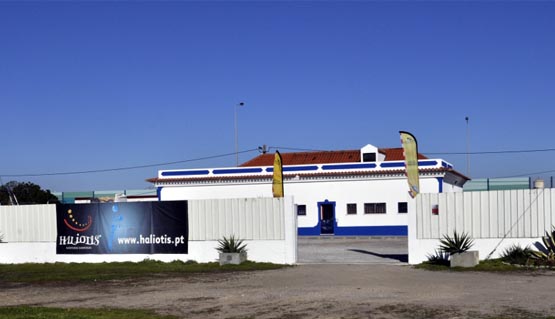
Our center is located next to the beach Supertubos in Peniche 5 minutes away from the boarding pointe, being this route made in one of our vans.
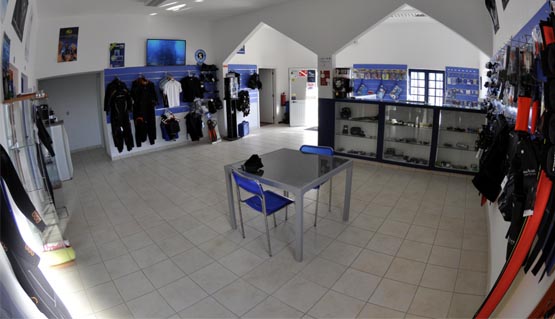
The best and best known equipment brands like Aqualung, TUSA, Apeks among many others.
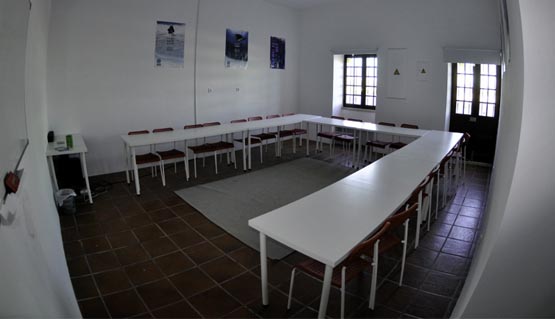
With capacity for twenty students and fully equipped, being a perfect place for your training.
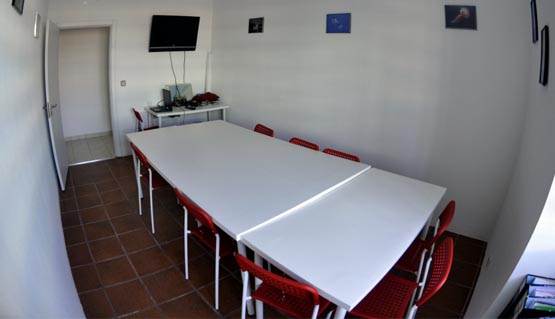
For smaller groups or for more specific formations the small room is the perfect solution for you.
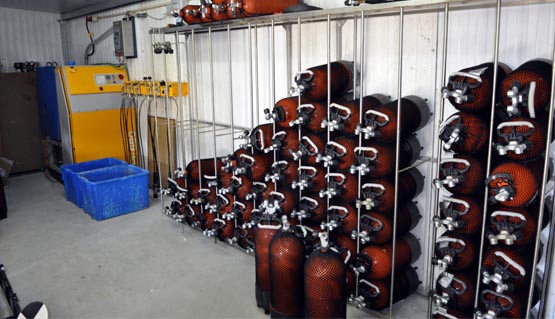
Our filling station has a BAUER compressor capable of filling all the breathable mixtures (Air, Nitrox, Trimix and O2), having more than 100 bottles (12L, 15L, 18L, Double 12L, Double 15L), we are also a rebreather friendly center.
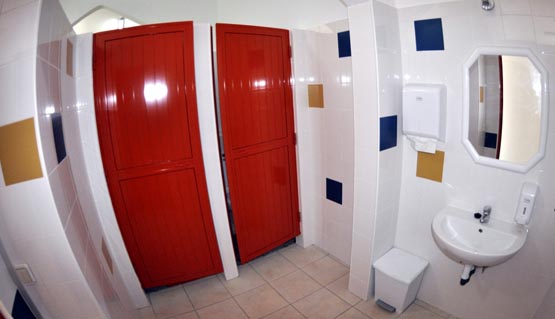
So that everyone can equip with comfort our changing rooms, male and female, are spacious and comfortable. Always available with hot water shower with towel and shampoo.
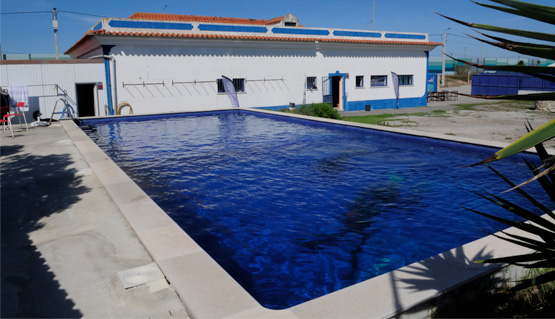 In order to guarantee the highest quality of dive training. Our pool has also been designed to be easy to use.
In order to guarantee the highest quality of dive training. Our pool has also been designed to be easy to use.
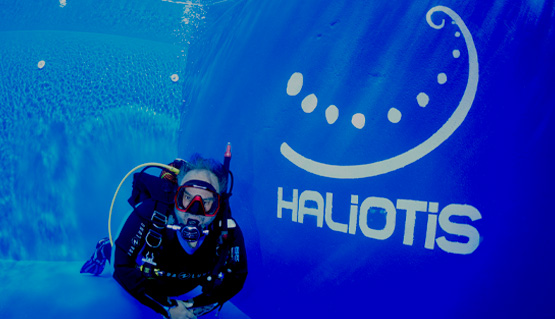
Designed for scuba diving the pool is 13x6 meters.
6x6 meters with a depth of 1.3 meters
7x6 meters with a depth of 2.8 meters
Know all the features.
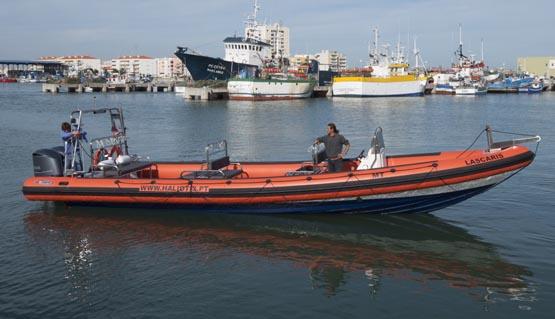

Our semi-rigid Searibs with 9.6 metros, with two Yamaha 200 horsepower offboard engines is specialy costumized to diving conditions in Portugal. It has sounder, d-gps, oxigen kit and first aid kit; and for divers confort , “Necora” is equipped with travelling seats and access ladders.
Know our roots.
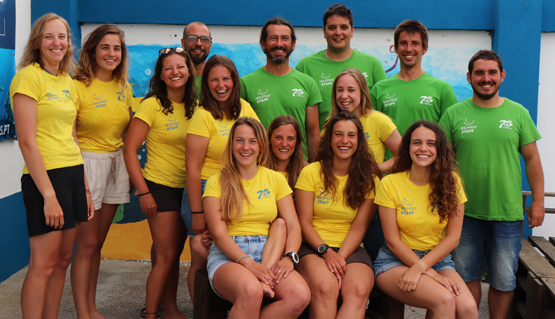
It was in Peniche that the Haliotis project started. Infrastructures above average and an optimized way of operating have made this project a reference in the Portuguese diving world. But none of this would have been possible without the Berlengas. From 1465, in the reign of D. Afonso V, that the berlengas have status of protected zone. They are undoubtedly the most attractive area for diving on the Portuguese mainland. Its famous visibility and seabed richness is a tremendous appeal to divers who dream of exciting experiences.
Anyone who has experienced the Gorgonian cave-covered dives, the endless pools of pelagics in the autumn knows that only in distant places can the emotions achieved here be overcome.
Bays of turquoise waters, brimming with confident fish, cliffs struck by the Atlantic, with endless shoals of Sargos, there are endless dive sites for all levels of divers. The center continues to be an example of quality and functionality, continuously improved, received in 2012 a new vessel, Lascaris, which once again reinforces this place as a reference for diving in Portugal.
Sunfish is the ex libris of Berlengas. His scientific name is Mola mola and it’s the largest known fish with bones. It can reach 3 meters of height and 2300 kg weight. The large female can put around 300 000 000 eggs.
It has curious behaviors like “relax” in the surface in side and its brightness is reflected and visible from a distance. It also jumps out of the water which makes a great show.
Actually, the sunfish in Berlengas in the end of the Summer is an expected moment. There are already groups of divers that come from Germany and France just to see it.
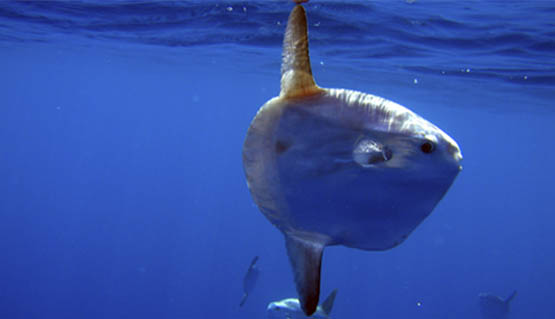
Meet the members of our team, who work daily to provide the best underwater experiences.
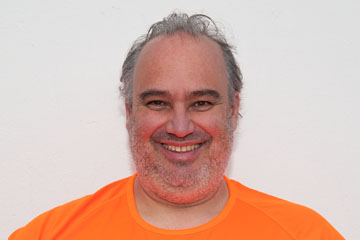
Pedro Oliveira
Manager pedro.oliveira@haliotis.pt
Bruno Ribeiro
Base Leader and Head of Training bruno.ribeiro@haliotis.pt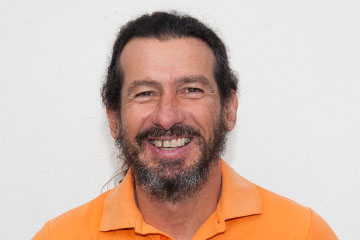
José Alberto
Technical Director jose.alberto@haliotis.pt
Mariana Jerónimo
Diving Instructor mariana.jeronimo@haliotis.pt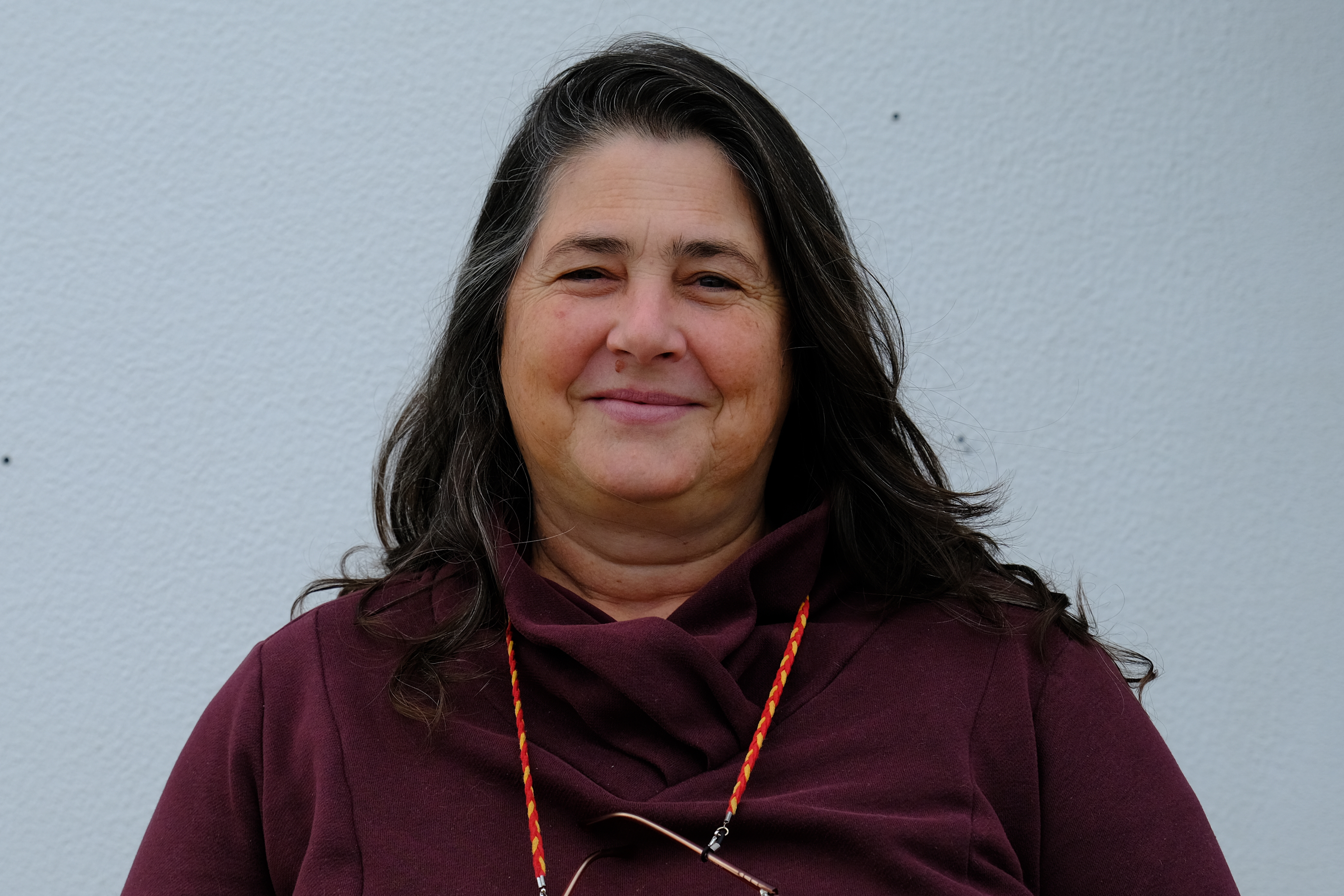

Ana Peixoto
Sales Department ana.peixoto@haliotis.pt
Pedro Vaz
Divemaster geral@haliotis.pt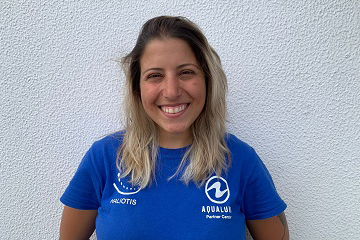
Beatriz Rosário
Divemaster geral@haliotis.pt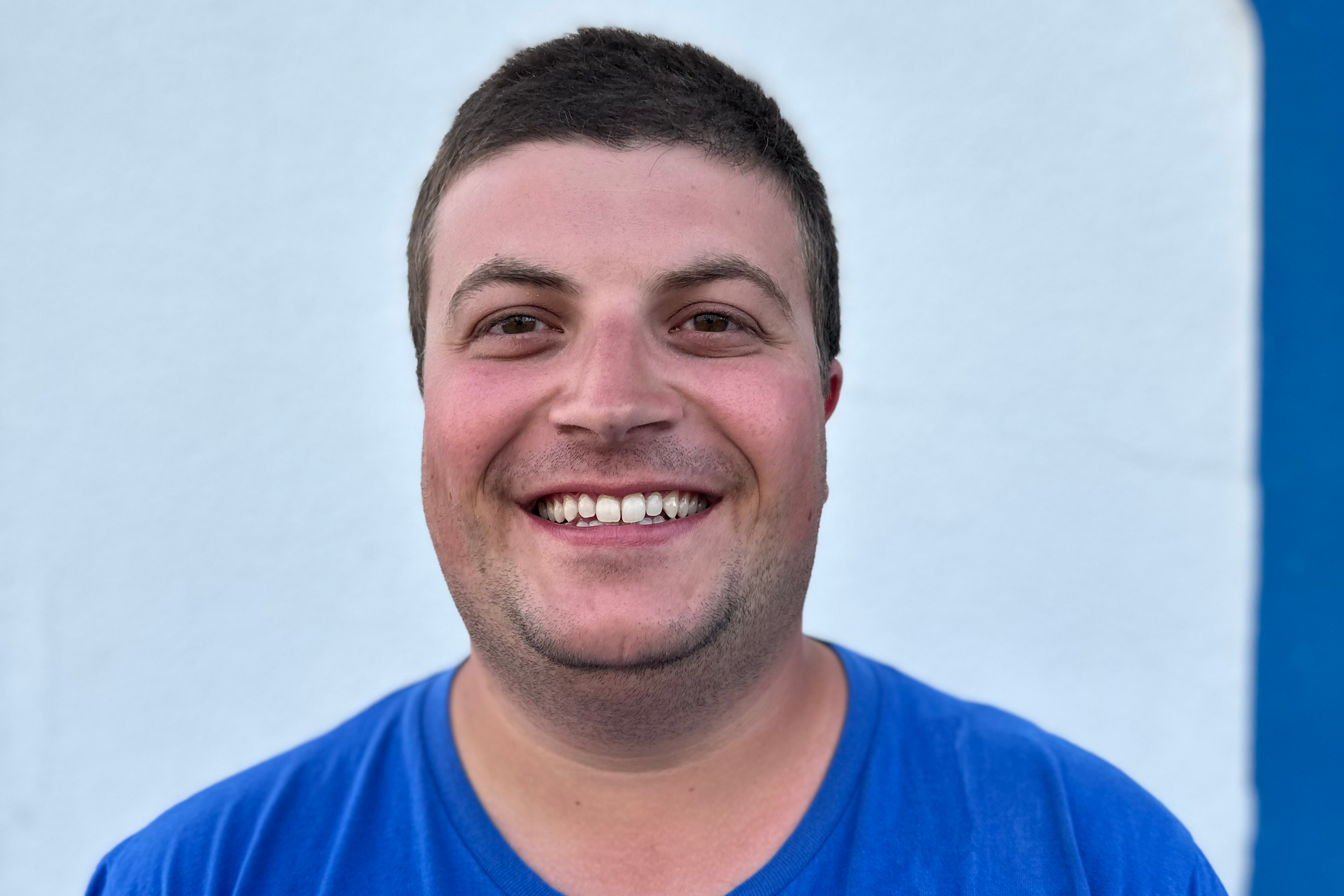
Tiago Santos
Dive Instructor geral@haliotis.pt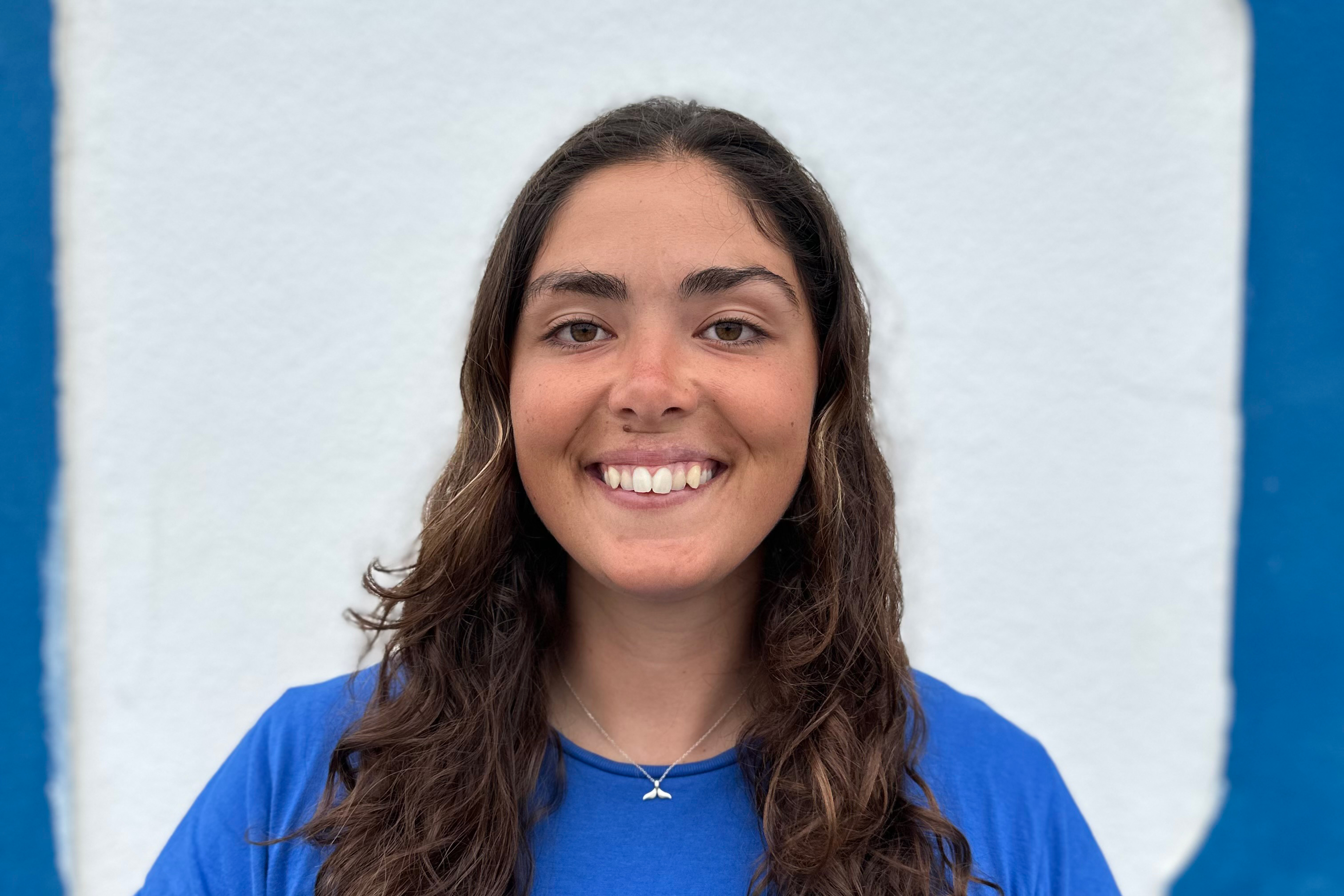
Inês Rodrigues
Dive Instructor geral@haliotis.pt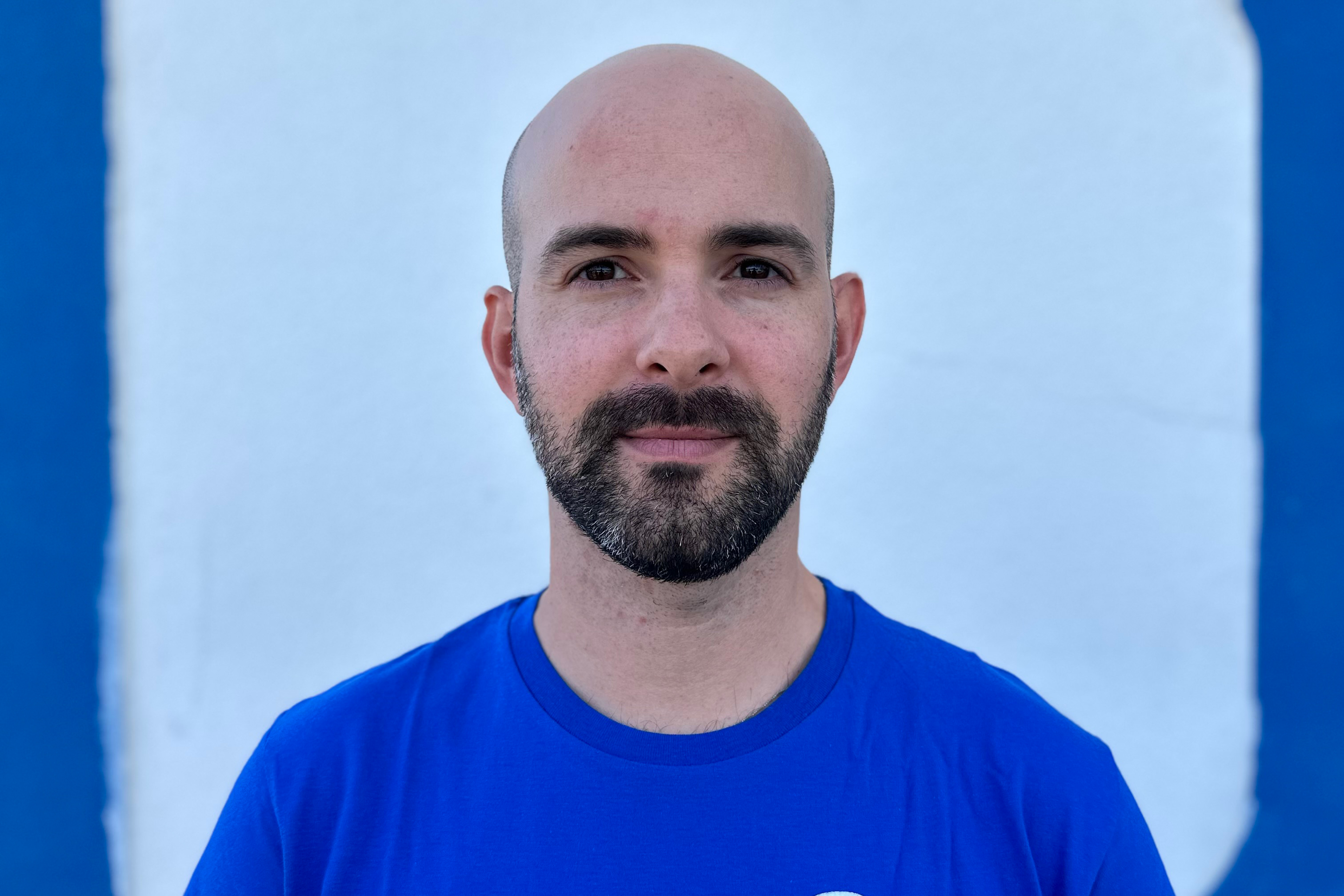
Luan Alves
Divemaster Trainee geral@haliotis.pt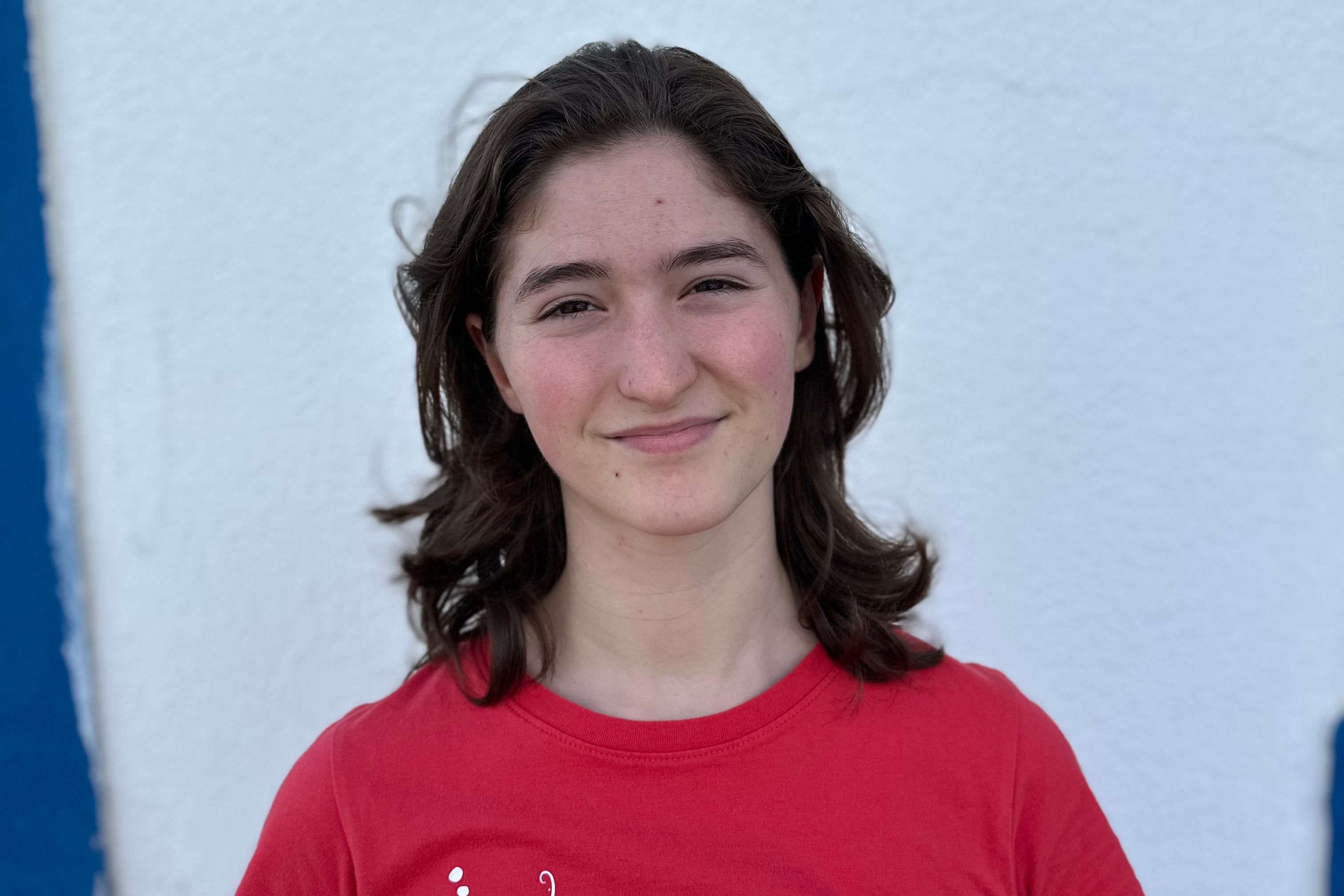
Leonor Fernandes
Divemaster Trainee geral@haliotis.pt
Gonçalo Conceição
Divemaster Trainee geral@haliotis.pt
Diana Ximenes
Divemaster Trainee geral@haliotis.pt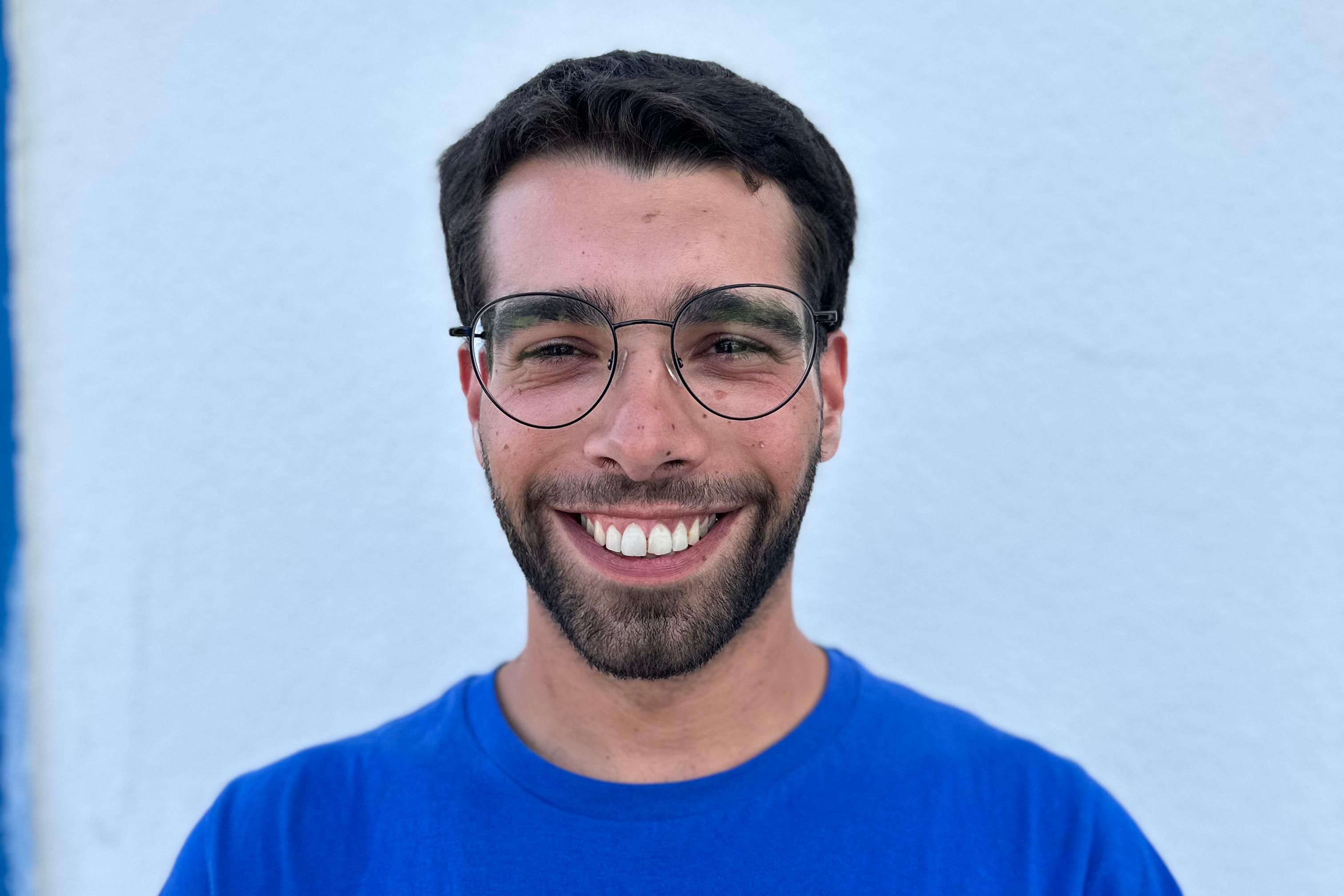
Nuno Ferreira
Divemaster Trainee geral@haliotis.pt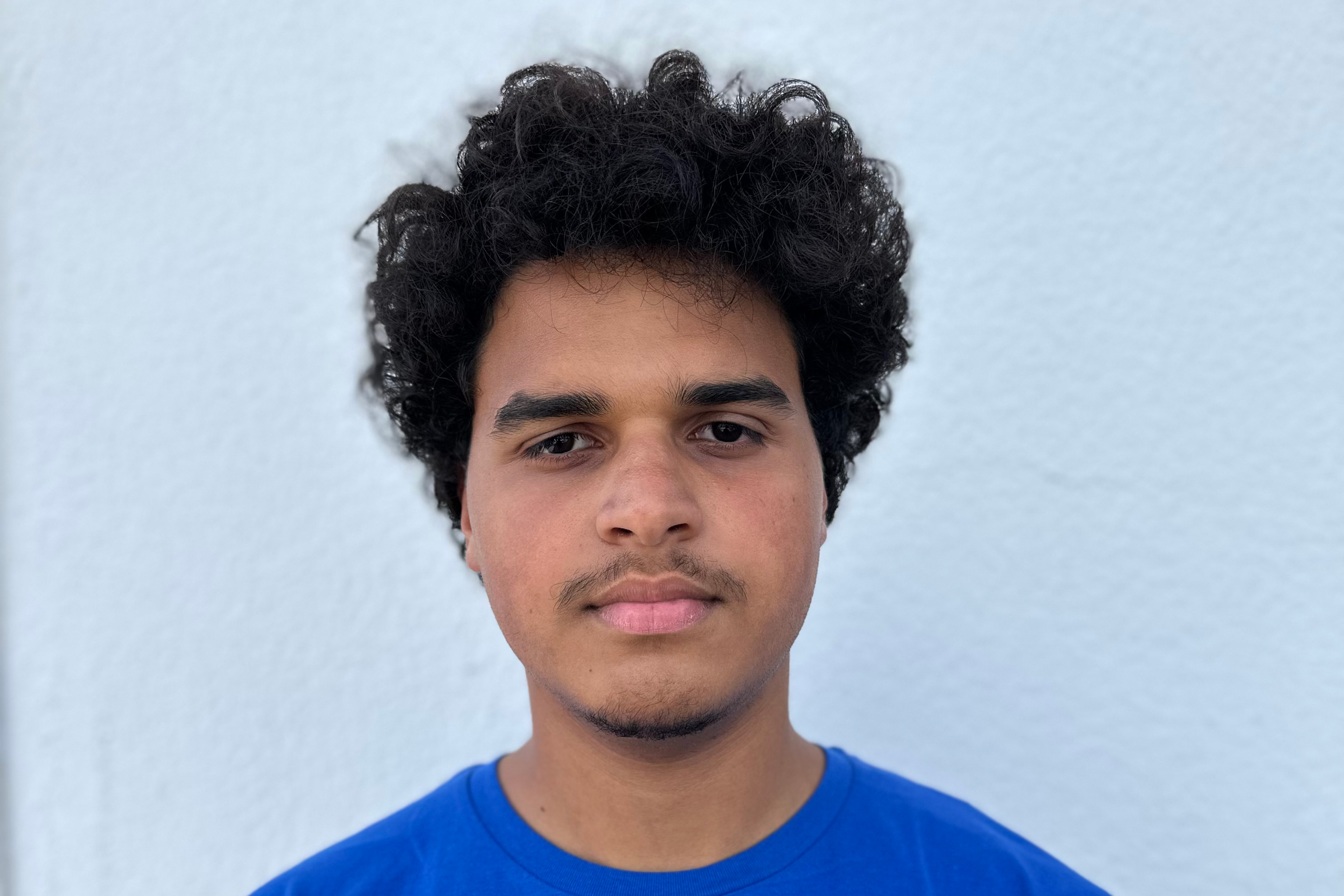
Dário Abrunhosa
Divemaster Trainee geral@haliotis.pt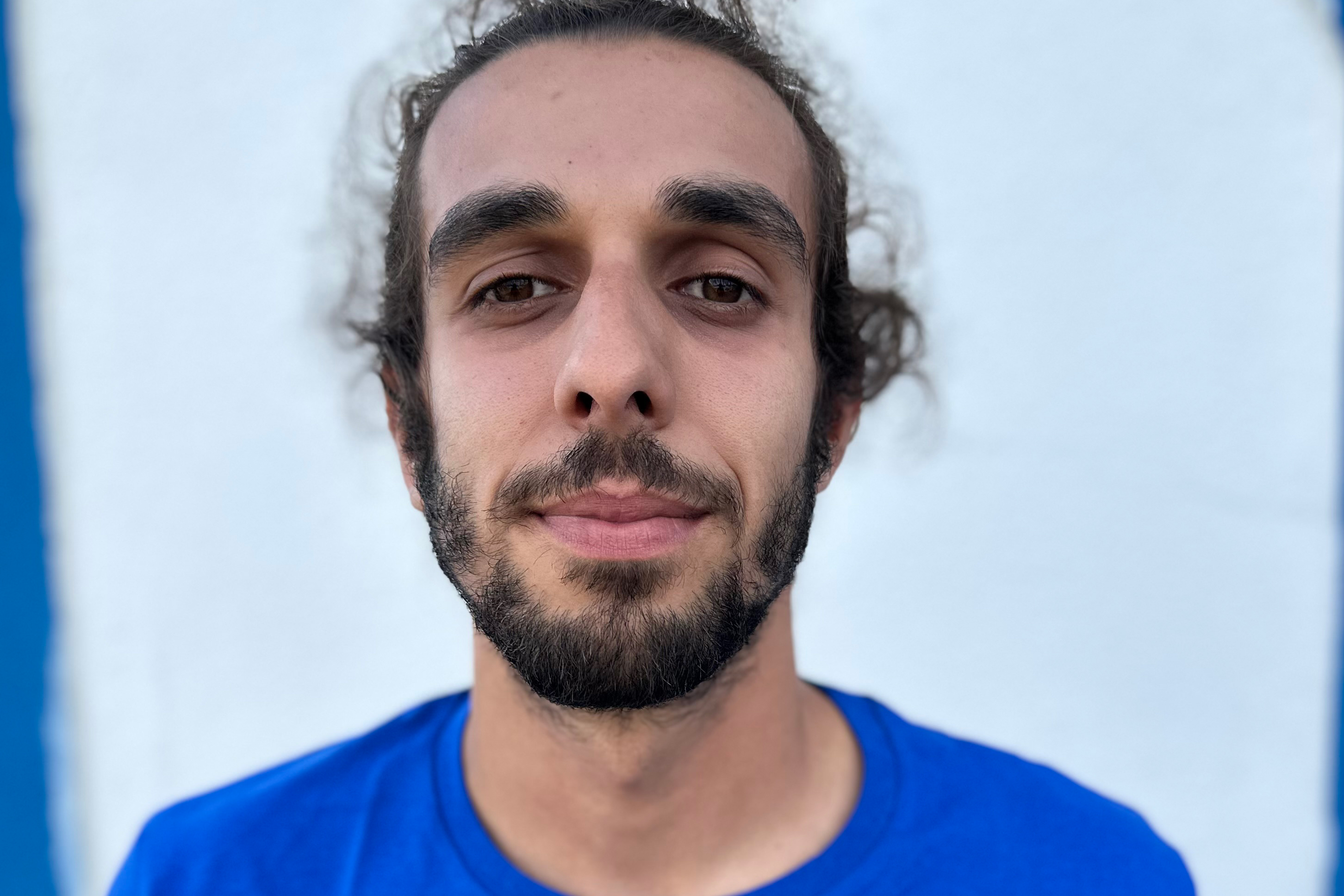
Rodrigo Lourenço
Divemaster Trainee geral@haliotis.pt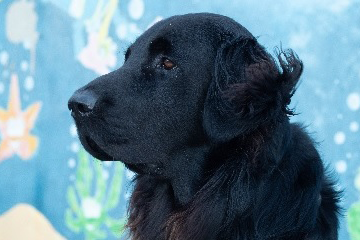
Tel. +351 262 781 160
Fax. +351 262 781 163
Telm. +351 913 054 926
e-mail: peniche@haliotis.pt
Licenced by Instituto de Desporto de Portugal

All insurance by Mútua dos Pescadores

Operador Maritimo Turistico with licence Nº17 by Capitania do Porto de Peniche

Tourism licence 9/2009

Licened by Instituto da conservação da Natureza

Company registered in RNAAT with activities recognized as Nature Tourism
